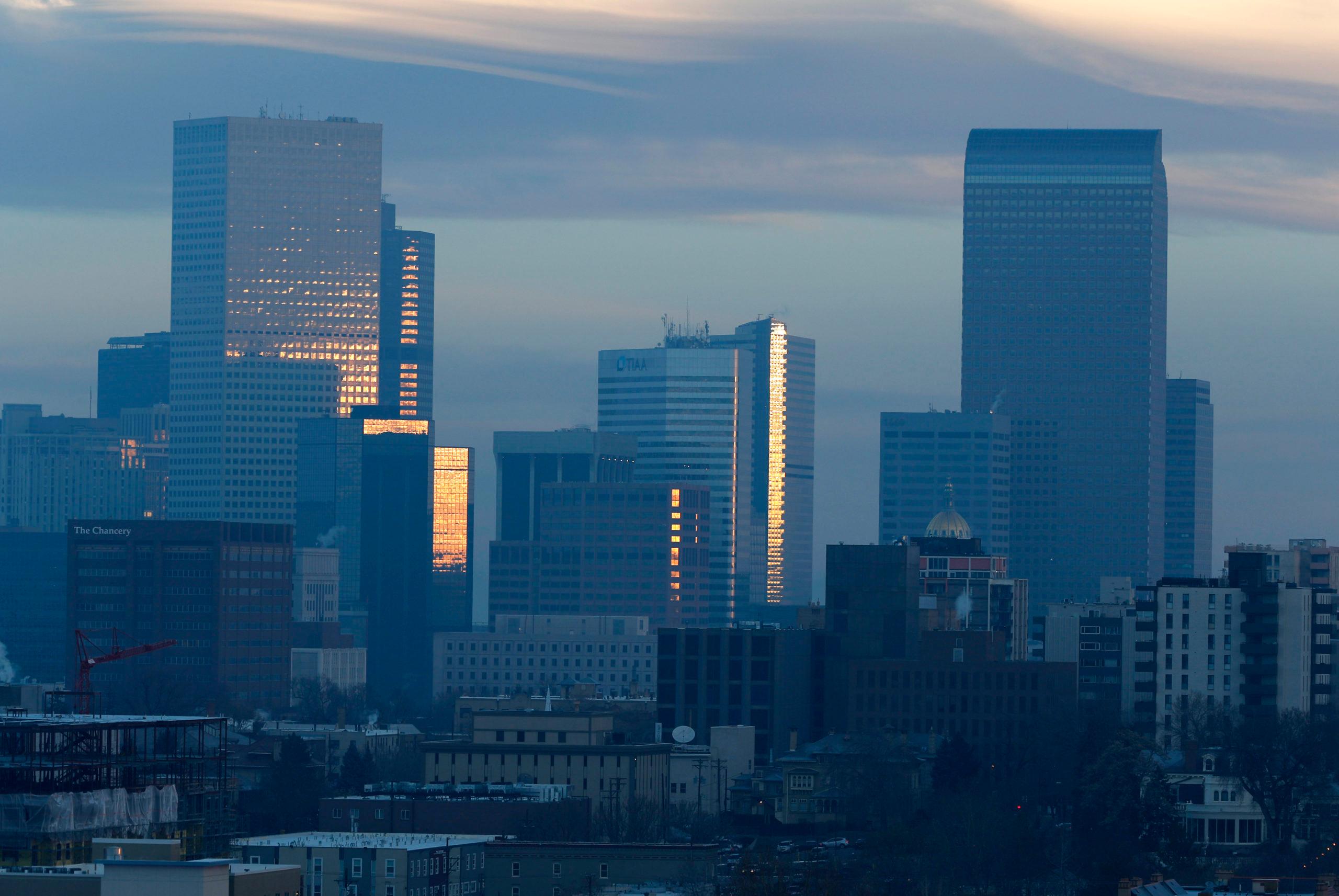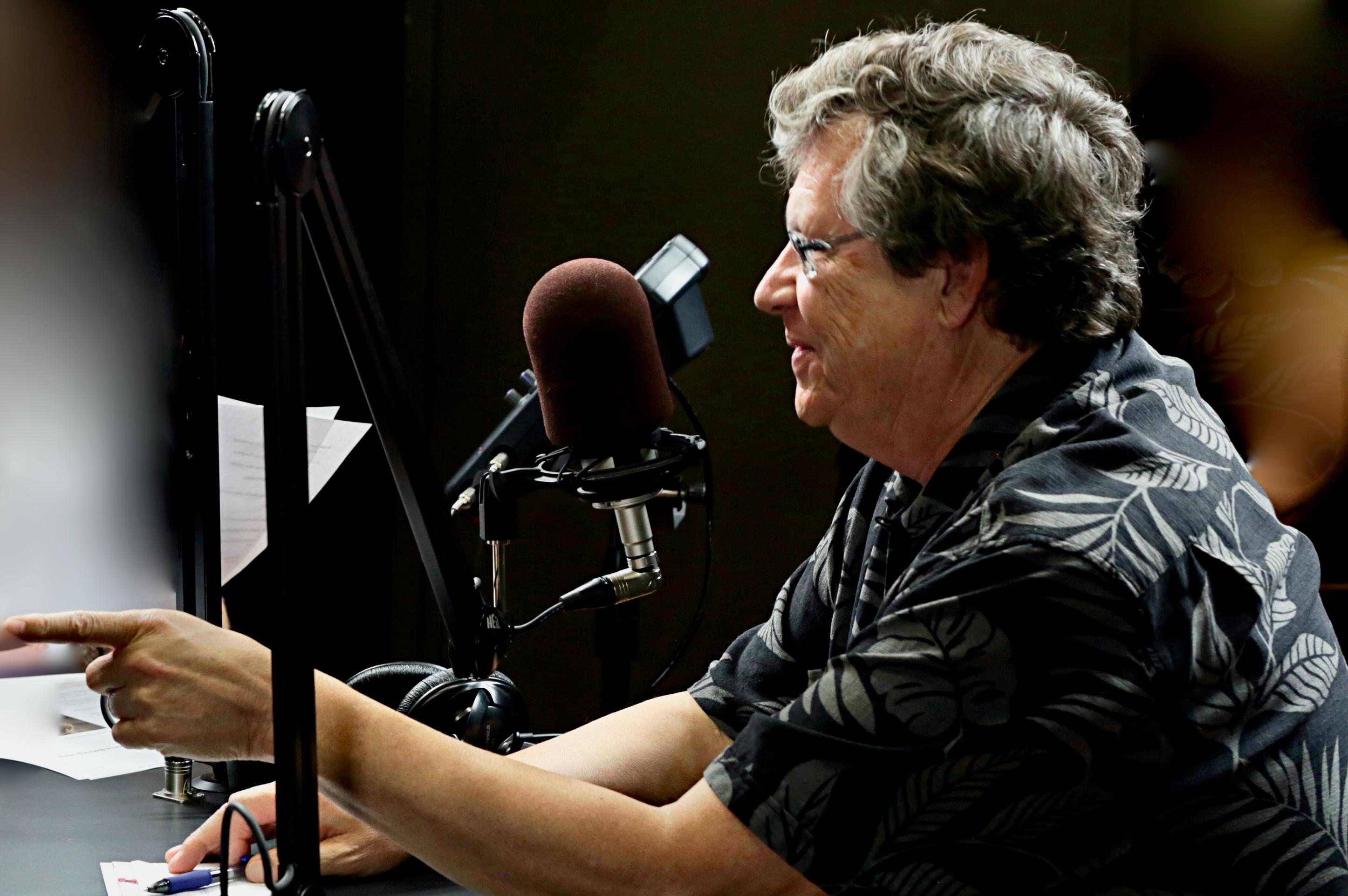
Colorado clean air advocates are rushing to finalize a yet-to-be-introduced bill to limit the oil and gas industry’s contribution to Front Range ozone pollution after Gov. Jared Polis directed his administration to tackle the same issue earlier this month.
At issue is whether the state can both improve air quality—and continue to permit new oil and gas drilling sites.
The governor’s plan calls for regulations to push companies toward new technologies, like using electricity to power fossil fuel extraction. In a letter sent earlier this month, he directed state agencies to pass rules to cut the industry’s emissions of a critical ozone ingredient—nitrogen oxides—30 percent by 2025 and 50 percent by 2030.
Meanwhile, lawmakers and environmental groups are drafting legislation to give air regulators more authority over the permitting process for new drilling operations. Supporters of the effort have argued the approach will help ensure the state does not greenlight projects that put the Front Range further out of compliance with the U.S. Clean Air Act.
“The bathtub is overflowing,” said Rebecca Curry, a Colorado policy counsel for Earthjustice who’s helping draft the bill. "Focusing on permitting is like turning off the tap, or tightening it a little or at least ensuring that we remove some water from the tub if and before any more is added.”
Curry and other environmental advocates have argued both strategies are necessary to limit ozone pollution along the Front Range, but it’s unclear whether the governor shares the same perspective. In the letter detailing his new ozone policy, Polis applauded the intent behind the legislative effort but said it risks creating a significant administrative burden and raising costs for Colorado taxpayers.
“Due to the complexity of implementation, these bills in and of themselves do not necessarily reduce emissions at the speed that the legislature, organizations or I would want them to and can, in fact, delay progress towards cleaner air,” Polis said.
The divide sets up a potential legislative battle over the best strategy to reduce ozone pollution.
Ground-level ozone is a dangerous lung irritant that forms in the atmosphere when two categories of pollutants—nitrogen oxides and volatile organic compounds—react in the atmosphere amid heat and sunlight. After decades of failing to control the problem, the U.S. Environmental Protection reclassified a nine-county region along the Front Range as a “severe” violator of the Clean Air Act last year.
The decision forced state air regulators to draft a plan to bring the region into compliance. In the process, they issued a major correction to a federally required air quality analysis, revealing the oil and gas industry is by far the largest source of local ozone ingredients in the region.
In addition, regulators now believe drilling and hydraulic fracturing alone— activities usually powered by large combustion engines— create more nitrogen oxide emissions than every vehicle along the Front Range.
State Rep. Jennifer Bacon, a Denver Democrat working to introduce the bill, said she was glad the governor recognizes the industry’s contribution to the problem and is willing to propose regulations to address it. At the same time, she said the state should consider air quality impacts when deciding to issue new oil and gas permits.
The Colorado Oil and Gas Conservation Commission has already given companies more than 4,500 new drilling permits between when Gov. Polis took office in 2019 and the end of 2022. While she sees that as a threat to regional air quality, Bacon didn’t say whether it should be addressed through legislation or upcoming regulations.
“The fact that the governor took these steps really did address some of the things we wanted to,” Bacon said. “Now we have to make some adjustments and have further conversations.”
New technology would play a major role in reducing emissions under the governor’s plan.
In the letter explaining the new ozone crackdown, Polis said the administration will model its approach after climate regulations for the electricity sector, which require the state's largest power companies to shift away from fossil fuels. Xcel Energy, for example, must reduce 80 percent of the carbon dioxide emissions from its electricity business by 2030.
In response, utilities have announced the early retirement of coal power plants and accelerated plans to build wind and solar. "As this has been true for the power sector, it can be true for oil and gas as well," Polis wrote.
For the strategy to succeed, the industry must find cleaner alternatives to the massive engines it currently uses to drive compressors, pumps, drilling rigs and other equipment. Conor Cahill, a spokesperson for the governor's office, said the state's primary strategy will be to encourage companies to use electricity to power their operations, either drawn from the grid or generated with on-site renewable power.
“Not only do these electrification projects reduce on-site emissions, but also produce much less noise, smell, and other nuisances,” Cahill said. “In many cases, these projects are also cost-effective for companies as diesel generators can be very expensive.”
While industry representatives have signaled strong opposition to permitting reform, they’re open to the administration’s proposed regulations.
Dan Haley, president and CEO of the Colorado Oil and Gas Association, called the targets outlined in the governor’s ozone plan “challenging” but said the industry has the greatest chance of success if it’s able to use new technology to innovate a way toward solutions.
He added any effort to limit new drilling could slow the process.
“As we bring newer, more advanced developments online, we can more quickly decommission our older technologies,” Haley said. “To do that, we need permits.”









